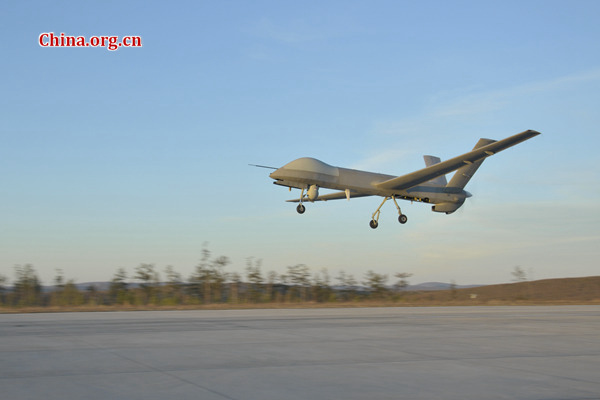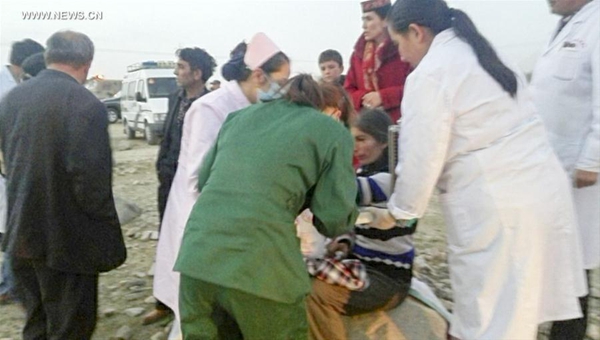Some reality breaks out in the EU
It was good to hear Mr Juncker say the EU had made a mistake in briefing in the way they did about the Downing Street dinner. Just as it makes sense for the UK to be friendly and positive in its offer and dealings with the EU as we prepare to leave, so it makes sense for the EU to be the same. We, after all, are an important market for their exports, a valued partner in many collaborations, an important part of their defence and security alliance, and a frequent ally or coalition partner in international matters. We are happy for that to remain true in the future but expect reciprocal good will.
There is a clear need for strong and stable leadership in the UK to represent our interests. The UK needs to explain patiently and firmly that we will be taking back control of our laws, our money and our borders. We also need to make clear that we are making a generous offer of continuity over trade, defence, security and many other joint ventures and common workings across a wide range of areas. There are technical matters to be settled over market access, transport rights, the rights of citizens living in each other’s territories and the rest that need not be difficult to resolve if there is good will on both sides. I see no lack of good will on the UK side. That is why Mr Juncker’s recalibration of the EU response is welcome.
It is never a good idea to try to punish your main customer. I still expect reality and commonsense to break out in due course in the EU over the UK departure, as it has done over the commentary on a dinner.
Meanwhile I see the Evening Standard on line gives prominence to the fear that university research will be damaged by Brexit. Have they not heard Ministers stating clearly talented and well qualified people will be free to come to the UK. This will include faculty members, with an open door for foreign students to undertake courses at our universities.
Promoted by Fraser Mc Farland on behalf of John Redwood, both at 30 Rose Street Wokingham RG40 1XU
read more


